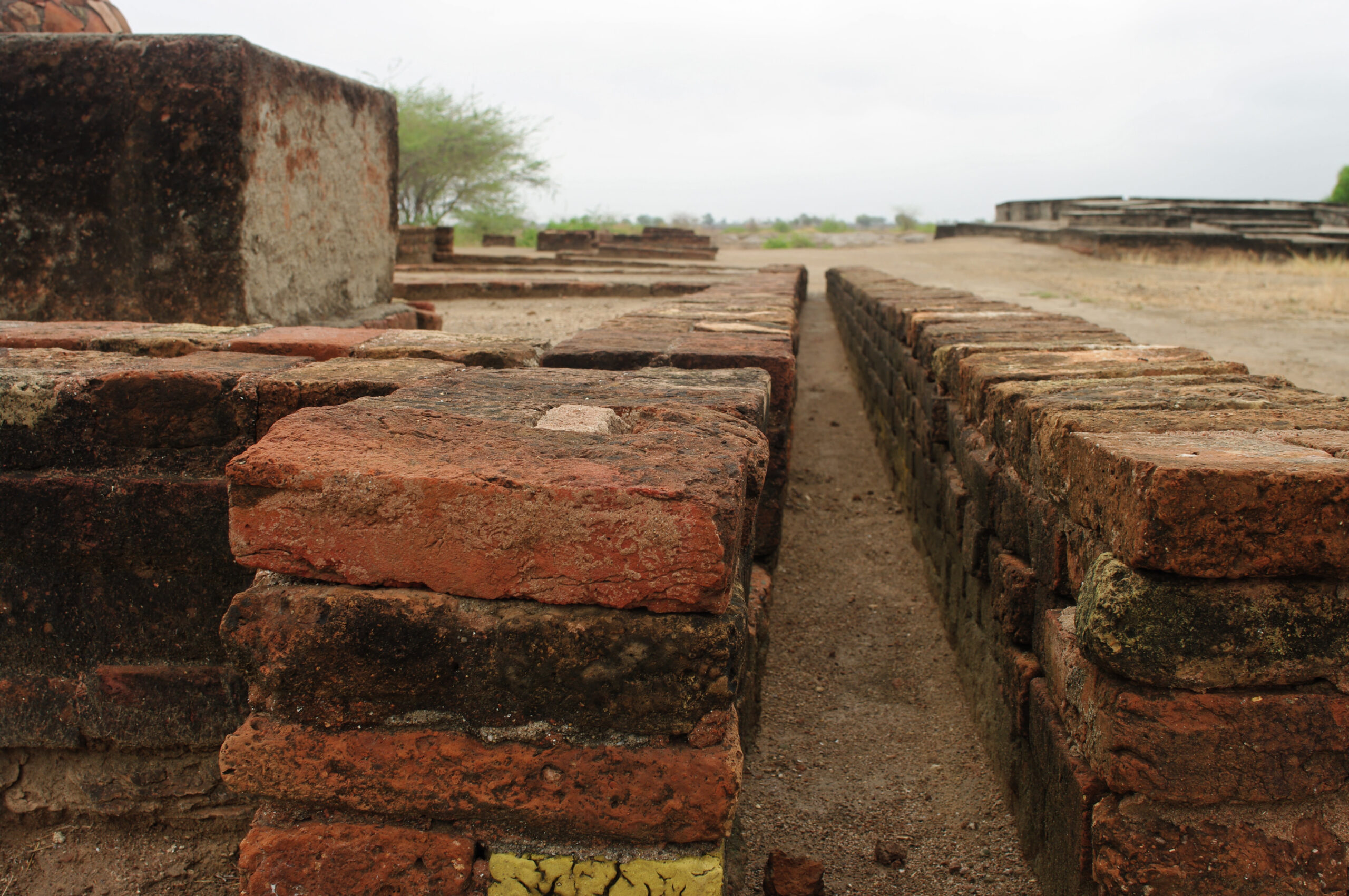Lothal: Nestled along the banks of the Sabarmati River in Gujarat, India, the archaeological site of Lothal stands as a testament to the maritime prowess and urban sophistication of the ancient Indus Valley Civilization. Believed to be one of the world’s first seaports, Lothal offers a captivating glimpse into the advanced engineering, trade, and social organization of a civilization that flourished over 4,000 years ago.
“Unearth the mysteries of Lothal, an ancient archaeological site in Gujarat, India, that dates back to the Indus Valley Civilization. Explore the remnants of a once-thriving port city, marvel at the advanced urban planning, and witness the engineering prowess of its dockyards. Delve into the rich history of trade, craftsmanship, and civilization at Lothal, a testament to the ingenuity of our ancestors. Plan your visit to this historical marvel and step into the ancient past of India.”
Historical Significance: Lothal
Lothal, dating back to 2400 BCE, was a major center of the ancient Indus Valley Civilization, which spanned across parts of present-day India and Pakistan. The site was rediscovered in 1954 by archaeologist S.R. Rao, and subsequent excavations have revealed a well-planned urban settlement with advanced features.
Engineering Marvels: Lothal
The city’s layout showcases an advanced understanding of urban planning. Lothal was divided into a citadel and a lower town, with a complex system of brick-lined drains, indicating an early understanding of urban sanitation. The city’s dockyard, a unique feature, is evidence of their expertise in maritime engineering, allowing ships to navigate during high and low tides.
Dockyard and Maritime Trade: Lothal
The most striking feature of Lothal is its well-defined dockyard, believed to be one of the earliest known in the world. The dock, connected to the river through a channel, served as a harbor for ships engaged in trade with other civilizations. Archaeological findings suggest that Lothal maintained maritime connections with ancient Mesopotamia, Sumeria, and the Persian Gulf.
Artifacts and Trade Links:
Excavations at Lothal have unearthed a treasure trove of artifacts, including seals, pottery, beads, and tools. The discovery of seals with inscriptions in the ancient Harappan script provides insights into the trade and administrative systems of the time. Lothal’s strategic location made it a hub for the exchange of goods such as beads, semi-precious stones, and metalwork.
Craftsmanship and Technology:
The residents of Lothal were skilled artisans, evident in their pottery and bead-making techniques. The use of standardized weights and measures further highlights the sophistication of their economic and trade practices. The city’s advanced metallurgical technology is reflected in copper and bronze artifacts, showcasing their mastery in metalworking.
Cultural and Religious Practices:
Lothal was not merely a center of trade and industry; it was also a hub for cultural and religious activities. The presence of a fire altar and a granary suggests the practice of rituals and agricultural activities. The site’s symbolic and religious structures provide a glimpse into the spiritual life of the ancient inhabitants.
Preservation and UNESCO World Heritage Site:
Recognizing its historical significance, Lothal was declared a UNESCO World Heritage Site in 2019. Efforts to preserve and showcase the site’s importance continue, ensuring that future generations can explore and appreciate the rich cultural and historical heritage of Lothal.

Conclusion:
Lothal, with its dockyard, meticulous urban planning, and evidence of sophisticated trade and craftsmanship, stands as a living testament to the ingenuity of the ancient Indus Valley Civilization. The site invites archaeologists, historians, and enthusiasts to unravel the mysteries of a bygone era and appreciate the advancements achieved by a civilization that thrived along the banks of the Sabarmati River thousands of years ago.

